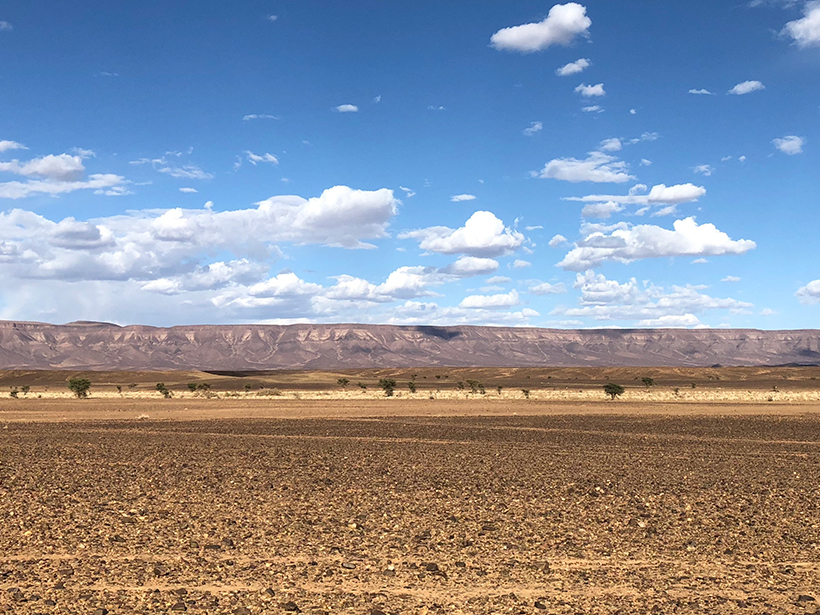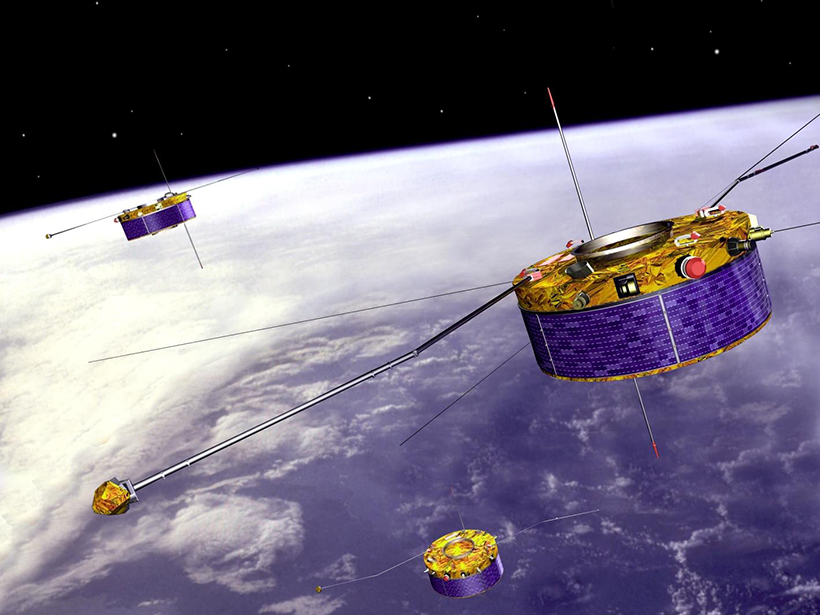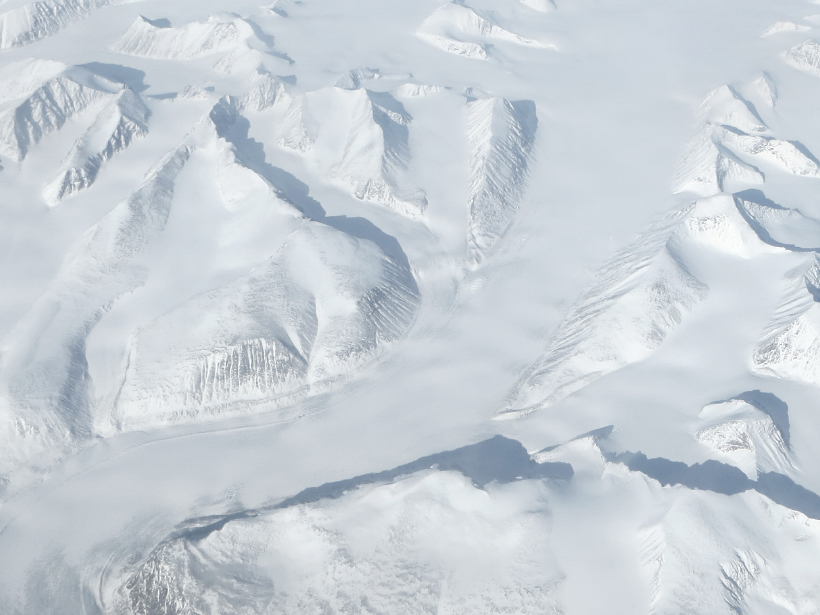A new study ties layers in the polar deposits of Mars to changes in climate driven by orbital variations, constraining accumulation rates and further deciphering the climate history of the Red Planet.
orbits & rotations
New Proof That Accretion Disks Align with Their Black Holes
In the most detailed and highest-resolution black hole simulation to date, an international team of researchers showed the Bardeen-Petterson effect for the first time.
Earth’s Eccentric Orbit Helped Preserve Rare Soft-Tissue Fossils
Cyclical changes in Earth’s orbit helped to preserve rare fossils in Morocco.
New Tiny Moon of Neptune Discovered
The moon’s size and orbit point to it being the remnant of a collision with Neptune’s moon Proteus.
How Space Storms Affect the Satellite Superhighway
A powerful numerical model reveals how space weather disturbs magnetic field at geosynchronous orbit.
Reversing Earth’s Spin Moves Deserts, Reshapes Ocean Currents
A climate model with reversed rotation of Earth helps climatologists and oceanographers understand why our planet is the way it is and reveals how different it could have been.
How Variations in Earth’s Orbit Triggered the Ice Ages
Researchers pinpoint how Milankovitch cycles have driven ice growth and influenced the timing of glacial periods.
New Explanation for “Meandering” Electrons Orbiting Earth
A new study proposes a simpler theory to explain a class of electrons zipping around Earth, propelled by magnetic explosions.
Earth's Wobbly Path Gives Clues to Its Core
Understanding the Earth Core and Nutation; Brussels, Belgium, 19–21 September 2016
How Mars Got Its Layered North Polar Cap
Orbital wobbling shaped the dome of ice and dust at the planet's north pole.










